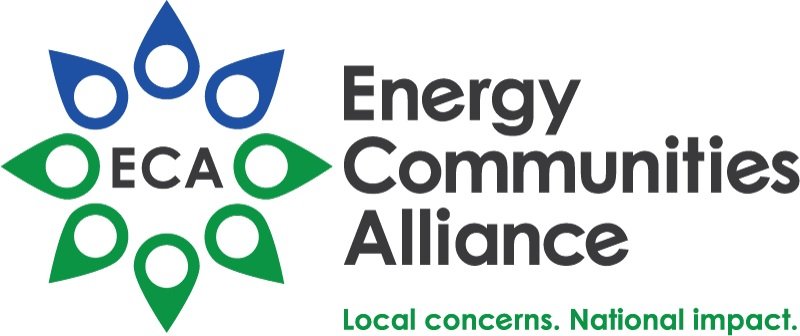GAO report: NNSA lacks comprehensive schedule and cost estimate for critical pit production capability
The National Nuclear Security Administration (NNSA) has been directed to develop the capacity to make at least 80 plutonium pits - the central core of a nuclear weapon - per year by 2030. According to a May 2020 NNSA report to Congress, reestablishing a pit production capability is considered critical to maintaining the nation's nuclear weapons stockpile. A report by the U.S. Government Accountability Office (GAO), however, recently revealed that NNSA's plans for re-establishing pit production do not follow best practices and run the risk of cost increases and delays.
NNSA plans to establish the ability to produce 80 plutonium pits per year at two sites. At Los Alamos National Laboratory, plans to produce 30 pits per year rely on a broad range of program activities, five large capital asset projects, and other projects. At the Savannah River Site, plans to produce 50 pits per year rely primarily on one large capital asset project and some program activities.
Although reestablishing pit production likely represents NNSA's largest investment in weapons production infrastructure to date, NNSA has developed neither a comprehensive schedule nor a cost estimate that meets GAO best practices.
NNSA's schedule does include some activities managed by its Plutonium Modernization program, but this schedule does not include all activities or milestones to achieve an 80-pit-per-year production capability and does not assign resources to activities. As a result, NNSA's pit production schedule does not meet minimum qualifications to be considered an integrated master schedule, according to GAO. Because an integrated master schedule is used for coordination, among other things, missing or incomplete activities can hinder coordination, increasing the likelihood of disruption and delay.
NNSA has also not developed a cost estimate that provides a complete and structured accounting of all resources required to develop and sustain a complete scope of work. A life cycle cost estimate can enhance decision-making, especially in early planning stages, as well as support budget decisions, key decision points, milestone reviews, and investment decisions.
Using NNSA's fiscal year 2023 budget justification, GAO identified at least $18 billion to $24 billion in potential costs for the 80-pit-per-year capability. Developing a comprehensive schedule and life cycle cost estimate could improve NNSA's decision-making, the efficiency and effectiveness of their efforts, and the quality of information provided to Congress.
To address these issues, GAO recommended that the NNSA Administrator ensure the head of the Plutonium Modernization program develops a life cycle cost estimate for establishing NNSA's pit production capability that aligns with GAO cost estimating best practices.
